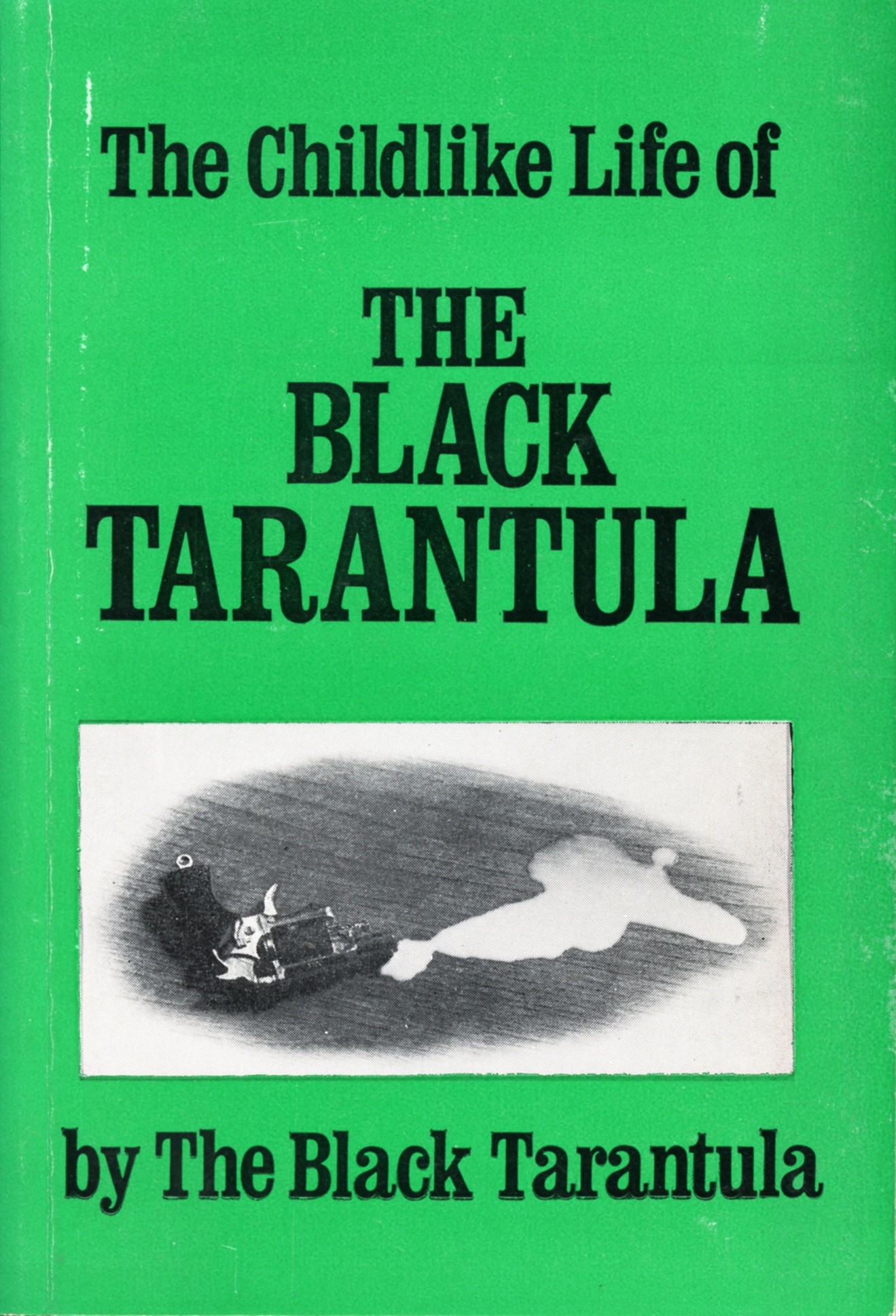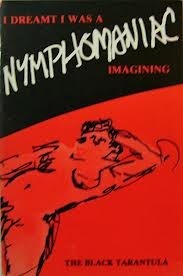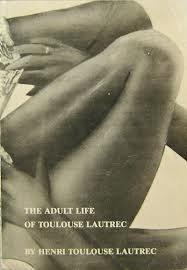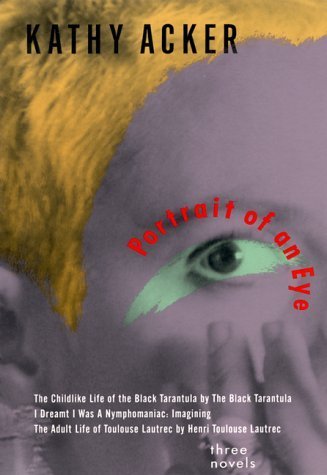


Books in series

Childlike Life of the Black Tarantula
1973

I dreamt I was a nymphomaniac imagining
1974

Adult Life of Toulouse Lautrec by Henri Toulouse Lautrec
1978

Portrait of an Eye (Acker, Kathy) by Kathy Acker
1992
Author

Born of German-Jewish stock, Kathy Acker was brought up by her mother and stepfather (her natural father left her mother before Kathy was born) in a prosperous district of NY. At 18, she left home and worked as a stripper. Her involvement in the sex industry helped to make her a hit on the NY art scene, and she was photographed by the newly fashionable Robert Mapplethorpe. Preferring to be known simply as 'Acker' (the name she took from her first husband Robert, and which she continued to use even after a short-lived second marriage to composer Peter Gordon), she moved to London in the mid-eighties and stayed in Britain for five years. Acker's writing is as difficult to classify into any particular genre as she herself was. She writes fluidly, operating in the borderlands and junkyards of human experience. Her work is experimental, playful, and provocative, engagingly alienating, narratively non sequitur.